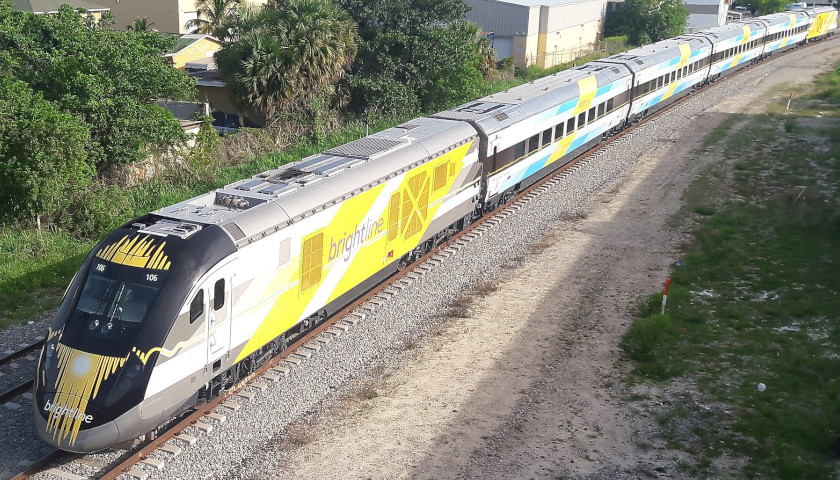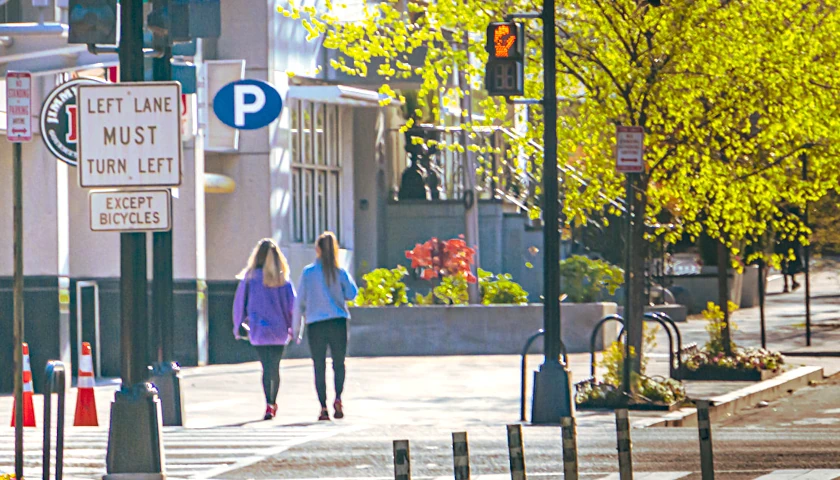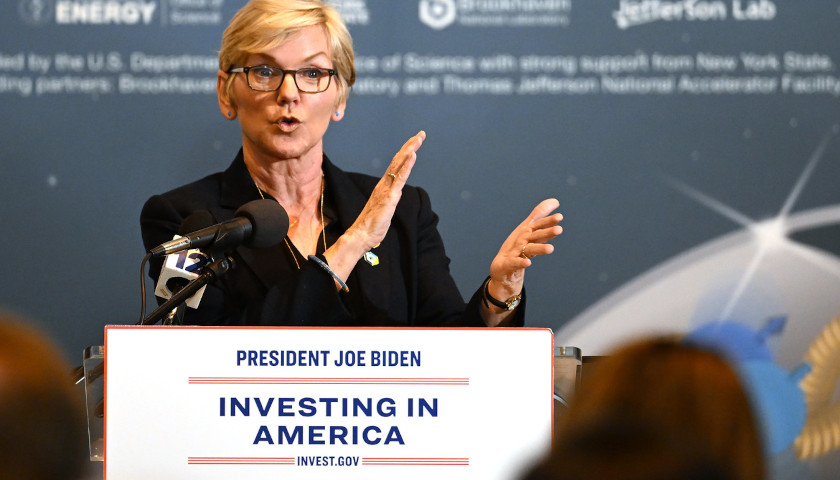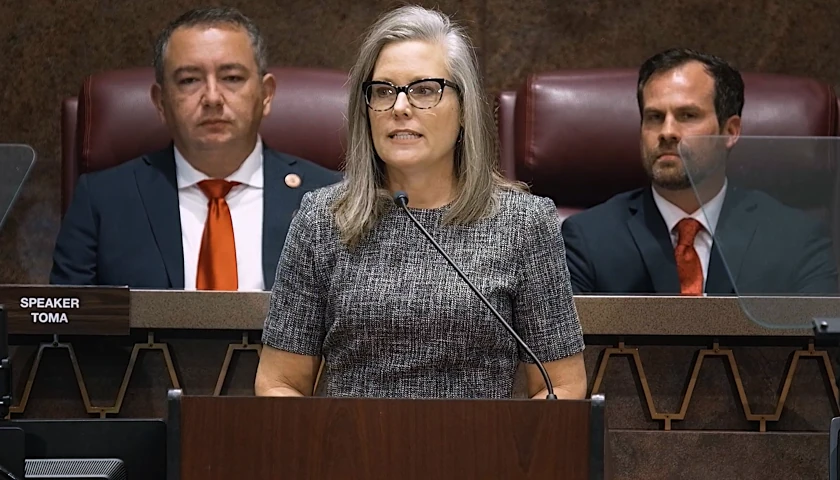by David Beasley
A privately funded passenger rail line that launched last week between Miami and Orlando holds great promise, Robert Poole of the Reason Foundation told The Center Square.
“It shows what can really be done if you approach it as a true business venture,” said Poole, the foundation’s director of transportation policy.
Many publicly-funded passenger rail projects have struggled financially, including Amtrak and a state of California project, Poole said.
The Miami to Orlando line was constructed by a private company, Brightline. The trains travel at speeds of up 125 miles per hour and complete the 235-mile trip in about three and a half hours, which is about 30 minutes faster than driving a car. Tickets are $158 round-trip for business class and $298 for first-class.
Poole, a Florida resident, took the Brightline train when the first segment, between Miami and West Palm Beach, was launched in 2018. It was the first new private intercity passenger rail service in a century.
“It’s promising,” Poole said. “At least between Orlando and Miami, they’ve found a market niche that will work. I go to Orlando several times a year. I either drive or I drive to Miami and catch a flight or drive. The flight is only 45 minutes but it takes about three hours altogether if you count getting to the airport early, going through security and all that stuff.”
One financial advantage of private rail lines is that they can include real estate development as part of the business model, not relying solely on passenger revenue, Poole said.
“It doesn’t have to make all its money from the farebox,” he said.
Private railroads in Hong Kong and Japan have successfully used similar models, Poole added.
“You haven’t seen that in this country,” he said. “It’s strictly from the farebox and tax revenue.”
Private rail companies have the leeway to invest in real estate, a function that is not in the government realm, Poole said.
Another advantage is that Brightline has its own dedicated rail line and does not have to share tracks with slower freight trains that can cause huge delays, said Poole. It also made a wise decision to keep maximum speeds at 125 miles per hour rather than shooting for 200 miles per hour, which raises energy and construction costs, he added.
Governments are also subject to political factors that private companies don’t face, he said.
The California state project from Los Angeles to San Francisco has faced growing demands from legislators to include their towns and districts for the service, rather than the shortest route, Poole said.
“It’s all done for political reasons,” he said.
Brightline is working on another project to connect Las Vegas and Southern California with trains that travel 186 miles an hour, the company said in a news release.
Continued success by privately funded rail services could make it more difficult for public projects to launch, Poole said.
“It would certainly undercut some of the political support for those projects,” he said.
– – –
David Beasley is a contributor to The Center Square.
Photo “Brightline Train” by BBT609. CC BY 2.0.








